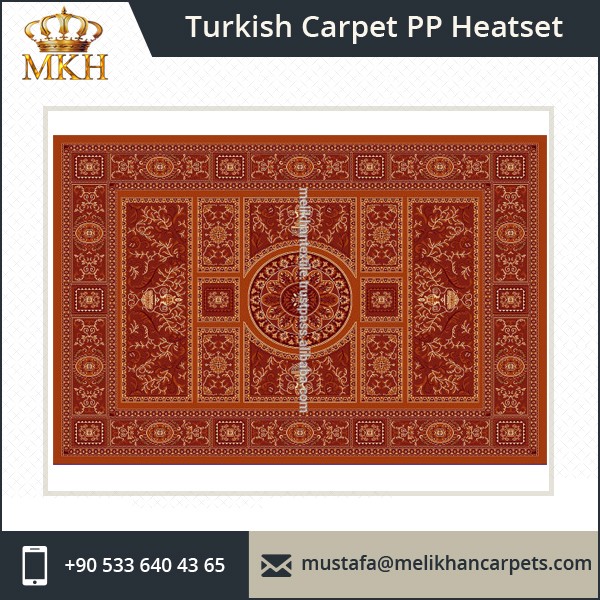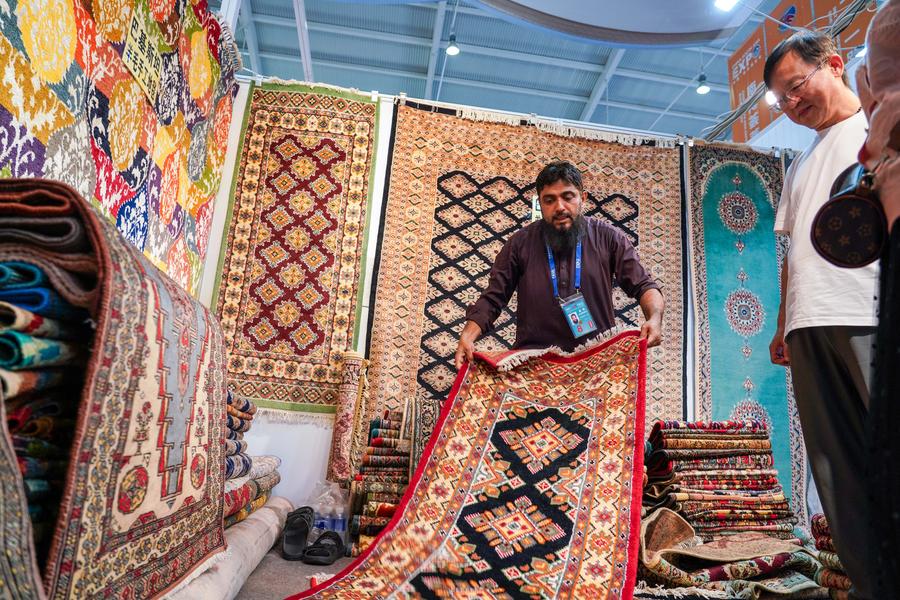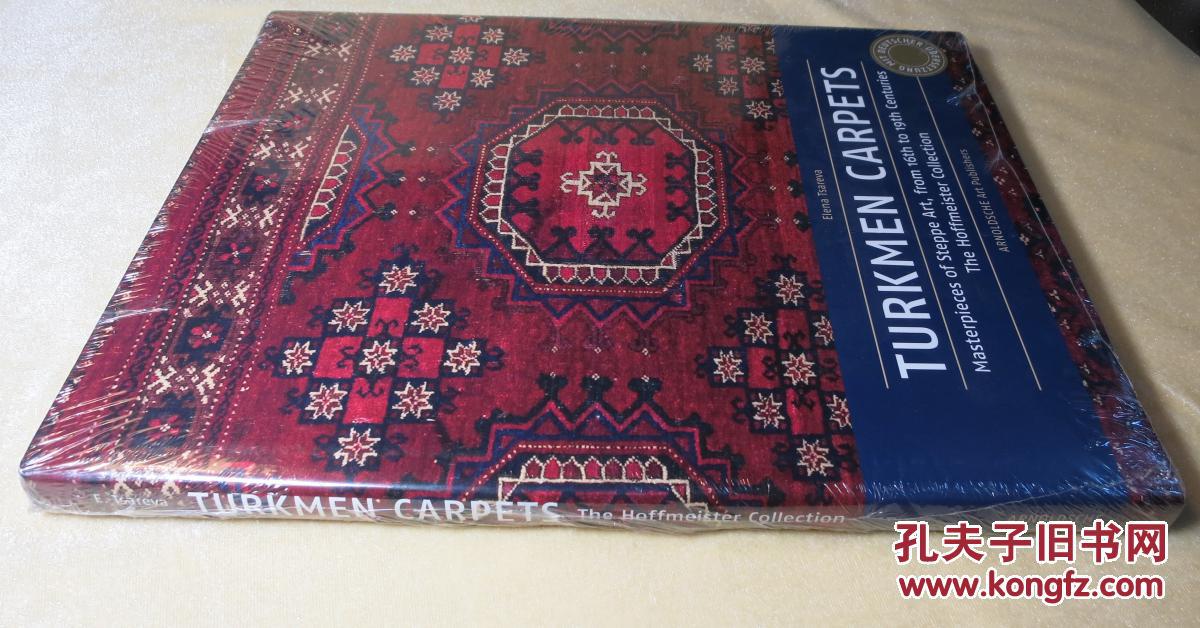Title: Turkish Hand-Knotted Carpets: A Legacy of Craftsmanship and Design
Turkish hand-knotted carpets, a legacy of craftsmanship and design, have been produced for centuries in Turkey. These unique works of art are created using traditional techniques and materials, resulting in patterns and colors that are both beautiful and enduring. The history and culture of Turkey are reflected in the intricate designs and themes found in these carpets, which often incorporate elements of nature, geometry, and traditional Islamic motifs. Today, these carpets remain popular not only in Turkey but also worldwide, representing a bridge between art and culture, past and present.
In the heart of Anatolia, a land rich in history and culture, Turkish hand-knotted carpets have been woven for centuries. These carpets are not just functional items; they are artistic expressions, reflecting the cultural heritage and skilled craftsmanship of the Turkish people.

The art of weaving a carpet is an intricate one that requires patience, precision, and a deep understanding of color and design. The process starts with the selection of the wool, which is then dyed using natural dyes derived from plants and minerals. The weavers use their hands to knot each individual thread, creating a pattern that is both visually stunning and symbolically meaningful.
The patterns and designs found in these carpets are often inspired by nature, such as flowers, trees, and geometric shapes, as well as cultural icons and religious symbols. The use of color is particularly noteworthy; the range of hues and the way they are combined to create harmonious and vibrant patterns is both visually arresting and psychologically uplifting.
The craftsmanship involved in making these carpets is highly skilled and requires generations of practice to master. The weavers use traditional tools and techniques that have been passed down through the ages, ensuring that each carpet is a unique and individual expression of artistic creativity.

Turkish hand-knotted carpets have a reputation for their quality, beauty, and durability. They are highly prized not only in Turkey but also worldwide, where they are seen as symbols of luxury and cultural sophistication. These carpets are often passed down through generations, becoming family heirlooms that tell the story of a culture and its people.
However, the preservation of this art form is facing challenges in the modern world. As technology advances and mechanized carpet-making becomes more common, the traditional craftsmanship and design elements are at risk of being lost. This has led to a push to promote and protect traditional craftsmanship, which is considered an integral part of cultural heritage.
To this end, there are various conservation efforts underway, including education programs that teach young weavers the traditional techniques, as well as campaigns to promote the use of natural dyes and traditional patterns. There are also collaborations between artists and weavers, resulting in contemporary designs that respect the traditional craft but add a modern twist.

Moreover, the impact of globalization has brought about a fusion of cultures, leading to a renaissance in carpet design. The use of traditional patterns and colors in conjunction with modern themes and materials has created a new breed of Turkish carpet that is both traditional and innovative.
In conclusion, Turkish hand-knotted carpets are more than just functional items; they are a reflection of a culture and its values, a testament to the skilled craftsmanship of the Turkish people. As we move into the future, it is essential to preserve and promote these traditions to ensure that future generations can appreciate and benefit from this rich cultural heritage.
Articles related to the knowledge points of this article:
Title: Exploring the Art of Tie Length: A Guide for Men
Womens Short-term Down Jacket: Fashion and Warmth in Winter
Title: The Art of Silk Scarf Tying: A Cultural Expression



